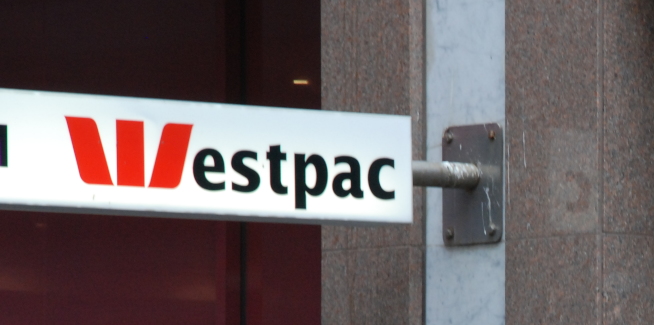The Australian Prudential Regulation Authority (APRA) has released the latest edition of the Monthly Authorised Deposit-taking Institutions Statistics (MADIS), which has revealed that Westpac’s mortgage portfolio contracted by approximately $2.3 billion in the month ending 31 October.
The bank’s total home loan portfolio slipped from approximately $411.2 billion to $408.9 billion, driven by a sharp decline in its investor portfolio, which decreased by approximately $1.8 billion, from $184 billion to $182.2 billion.
Westpac’s owner-occupied portfolio also decreased, down by approximately $500 million, from $227.2 billion to $226.7 billion.
This follows on from the release of Westpac’s full-year results for the 2019 financial year (FY19), in which it reported a $14.7 billion (19.5 per cent) slide in its home lending volumes, from $75.3 billion in FY18 to $60.6 billion in FY19.
Speaking to the media following the release of Westpac’s results, former Westpac CEO Brian Hartzer partly attributed the bank’s subdued volumes to changes in the regulatory environment, which he said prompted the bank to adopt a conservative approach to home lending.
“Some of what’s happened has been deliberate, in that in a period of low growth, [we] decided to prioritise margin and accepted that growth will be a bit lower,” Mr Hartzer said.
“That’s a sensible thing to do from time to time.”
However, the chief executive conceded that some of the drop-off in volumes were “self-inflicted” and came in response to “clunky” credit processes adopted by the lender.
Mr Hartzer made specific reference to an expense categorisation tool introduced by Westpac in FY19, which he said was not received well by the broker channel.
“There was a tool put out to brokers in particular around how we needed to collect [expenses] data,” he said.
“The tool was frankly pretty clunky, so we’ve gone back and reworked that. It’s a better experience now and we’re seeing applications rise.”
Mr Hartzer added that the bank aims to return to system mortgage growth in the coming year.
Mr Hartzer has since stepped down as CEO in response to financial crime regulator AUSTRAC’s announcement that it was seeking civil penalty orders against the big four bank over 23 million alleged breaches of anti-money laundering laws.
According to the regulator, the bank failed to appropriately monitor outgoing international funds transfer instructions of customers, including those which it alleged are “consistent with child exploitation typologies”.
In comments leaked to the media from a board meeting held to discuss the bank’s response to the AUSTRAC revelations, Mr Hartzer was reported to have downplayed the scandal, calling on bank’s leadership team to “get mortgages going”.
However, the APRA data has revealed that Westpac has again been outpaced by its competitors, with ANZ and the Commonwealth Bank of Australia (CBA) reporting portfolio growth, while NAB’s mortgage book remained stable.
ANZ
According to APRA’s MADIS data, ANZ’s total mortgage portfolio increased by approximately $300 million, from $246.3 billion to $246.6 billion.
The growth was driven by a rise in ANZ’s owner-occupied volume, with its book increasing by approximately $500 million, from $159.7 billion in September to $160.2 billion in October.
This was offset by a $200 million decrease in its investment portfolio, which fell from $86.6 billion to $86.4 billion.
CBA
The Commonwealth Bank again reported the sharpest increase in its home loan portfolio, up by approximately $2 billion, from $438.4 billion to $440.4 billion.
CBA’s owner-occupied book increased by approximately $1.8 billion, from $282.8 billion to $284.6 billion.
The bank’s investment portfolio also increased, albeit less pronounced, from approximately $155.6 billion to $155.8 billion.
NAB
Meanwhile, NAB’s total mortgage book remained relatively stable, slipping by approximately $100 million, from $261.1 billion to $261 billion.
NAB’s owner-occupied book increased by approximately $600 million, from $148.5 billion to $149.1 billion, offset by a $700-million contraction in its investment portfolio from $112.6 billion to $111.9 billion.
Housing credit growth improves
The publication of APRA’s data coincided with the release of the Reserve Bank of Australia’s (RBA) latest Financial Aggregates statistics.
The RBA data revealed that housing credit grew 0.3 per cent in October, up from growth of 0.2 per cent in September.
However, in annual terms, housing credit grew 3 per cent in the 12 months to 31 October, down from 5 per cent growth in the previous corresponding period.
Total credit grew 0.1 per cent in monthly terms and 2.5 per cent in annual terms.
[Related: Westpac to refund disgruntled investors amid AUSTRAC scandal]
 ;
;
